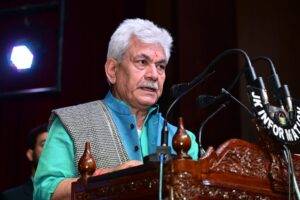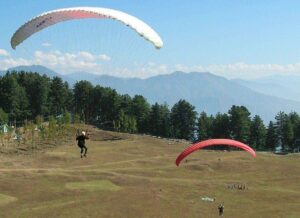Last Updated on October 22, 2020 at 6:02 pm
Almost every national and international tourist knows about the Basohli Chitra Kala, often known as Basohli paintings, and their importance.
Its a craze among tourists to visit the museums and art galleries of Basohli paintings. Many of them buy these paintings for decorating their houses.
Chitra Kal of Basohli has largely contributed to the popularity of Jammu and Kashmir at a national and even, international level. The collection of this art could be seen in the famous art galleries of Bhuri Singh Museum of Chamba, National Museum in Delhi, Amar Place in Jammu, Rashtrapati Bhavan in Delhi, Central Museum in Lahore, Albert Museum in London, Boston Museum in America and Loodrya Gallery in France.
Archaeological Survey of India for the year 1918-19 first mentions the art. It states that a series of old Basohli paintings were bought and curator is of the opinion that Basohli school is of pre-Mughal origin. In 1916, Coomaraswami mistakenly called these paintings Dogra school of arts.
Many historians believe that Basohli paintings resemble very much with Udaipur and Gujarat paintings. The artist’s style was also called the primitive paintings of Basohli. According to Goetz, the mid 17th century paintings have Basohli primitive style with aquiline noses and receding foreheads.
Basohli style is the result of combination of folk arts of hills. The facial structure is local while the transparent dress of women and men’s attire is inspired by the Mughals.
Historians believe that the Basohli Chitra Kala originated in the 17th century and was at its crescendo in the rule of Raja Kirpal Pal. Liberal use of gold and silver paints, makes Basohli paintings distinguishable from its competitors. Gold colour is used for embroidery and in ornaments while silver is used in dresses, windows and pillars. Pearls of the necklace are shown by the raised paints.
The art of Basohli has masterpieces like Bhanu Dutta’s 14th century Rasmanjari, Jayadev’s 12th century Geeta Govind, Nal Damyanti and scenes from the life of Bal Krishna.
Basohli paintings’ most amazing quality is the use of homemade colours extracted from the roots, flowers, leaves, and barks of trees. Various mineral clay were also used in the making of colours. The brush was made from the hair of the squirrels.



